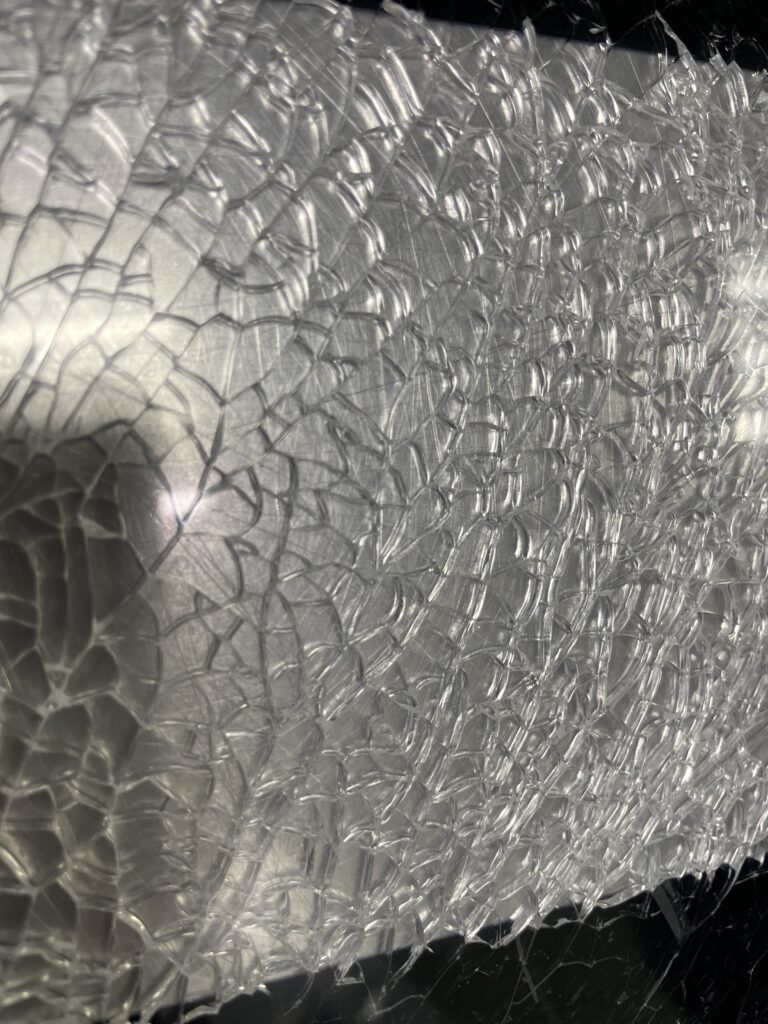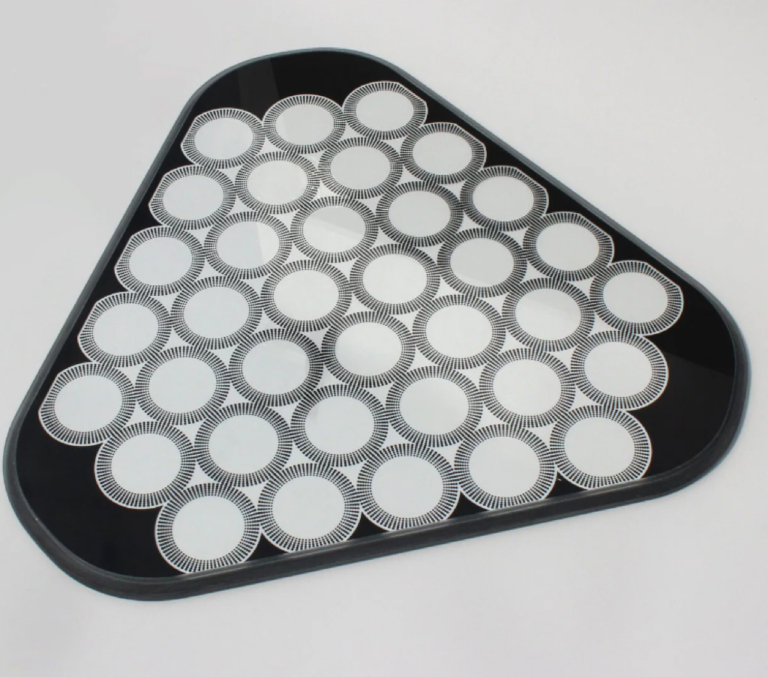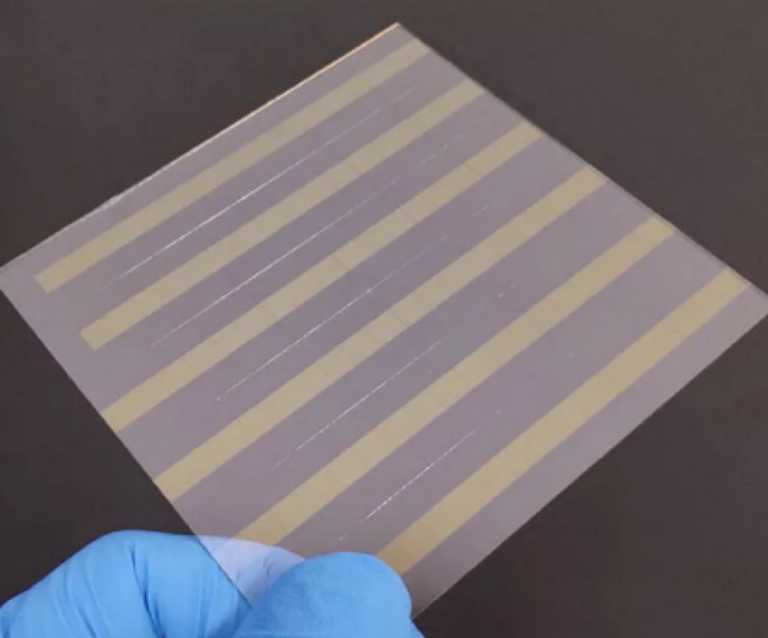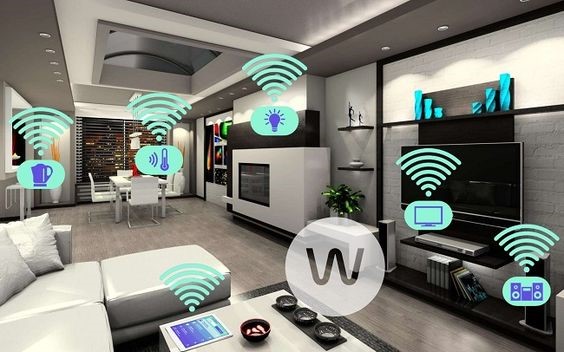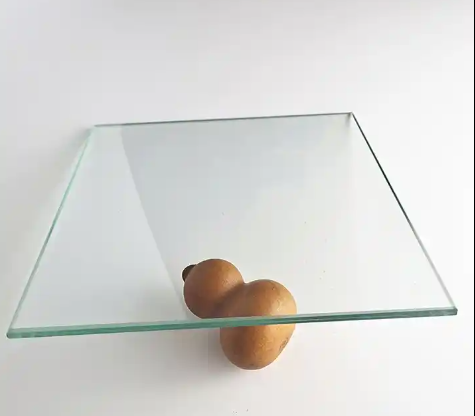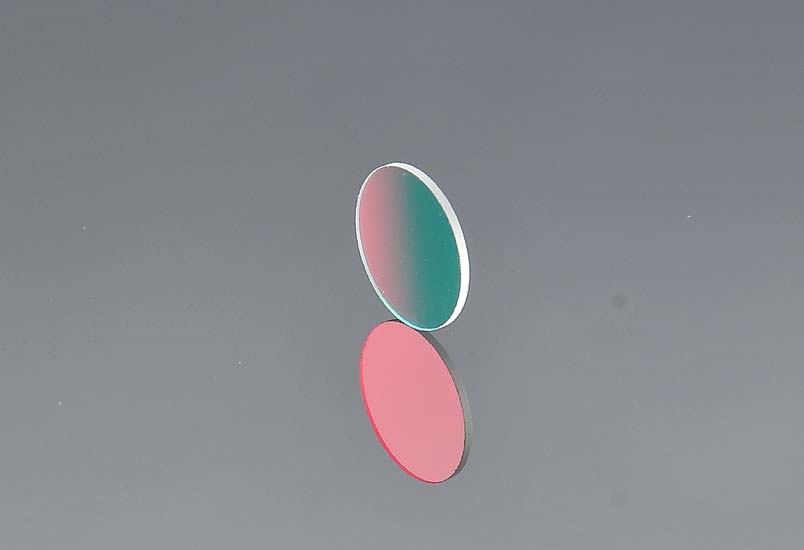
When it comes to technological advancements in product materials, AF Glass stands out as a revolutionary player. This article delves deep into the significance of AF (Anti-Fingerprint) Glass and how businesses can effectively communicate its benefits to customers.
Understanding AF Glass
What is AF Glass?
AF Glass, or Anti-Fingerprint Glass, is a type of coating applied to glass surfaces to repel oils and moisture, thereby reducing the visibility of fingerprints and smudges. This innovative glass treatment is becoming increasingly popular in a wide range of consumer products, from smartphones to kitchen appliances.
Benefits of AF Glass
The primary advantage of AF Glass is its ability to maintain a clean and clear appearance, enhancing the user’s experience and the product’s aesthetic appeal. Moreover, this coating also provides additional layers of protection against scratches and dust, extending the longevity of the product.
Communicating the Value of AF Glass to Customers
The Importance of Transparency
When marketing a product featuring AF Glass, honesty and clarity are key. Customers appreciate learning about the tangible benefits that these features bring to their daily lives. By focusing on the practical advantages, such as less time spent cleaning and a consistently pristine look, businesses can resonate with the needs and desires of their audience.
Marketing Strategies for AF Glass
H2: Creating Engaging Content
To effectively convey the message about AF Glass, companies should invest in creating engaging multimedia content. This can include high-definition images, videos demonstrating the glass’s resistance to fingerprints, and customer testimonials showcasing real-life benefits.
H2: Demonstrations and Samples
Nothing speaks louder than first-hand experience. Providing demonstrations or samples of AF Glass in action can significantly boost customer understanding and appreciation of the product’s value.
H2: Educational Campaigns
Educational campaigns are an excellent way to inform customers about AF Glass. These can range from blog posts explaining the technology to infographics comparing products with and without the anti-fingerprint coating.
Integrating AF Glass into Product Design
Design Considerations with AF Glass
When incorporating AF Glass into product design, it’s important to consider how it complements the overall functionality and aesthetic. Designers should factor in the coating’s impact on the glass’s transparency, color, and texture, ensuring that the end product meets consumer expectations.
Balancing Cost and Quality
While AF Glass adds value, it also comes with additional costs. Businesses need to strike a balance between providing high-quality products with AF Glass and maintaining an accessible price point for their target market.
Case Studies: Success Stories with AF Glass
Mobile Devices and AF Glass
The smartphone industry is one of the most successful adopters of AF Glass. By highlighting the reduced need for constant cleaning and the improved durability of screens, mobile device companies have successfully marketed this feature as a must-have for consumers.
Home Appliances and AF Glass
Kitchen and home appliances with AF Glass surfaces have seen a positive market response. Brands that communicate the ease of maintenance and the hygienic benefits of AF Glass have found an appreciative audience in home owners looking for low-maintenance solutions.
Conclusion and FAQs on AF Glass
In conclusion, AF Glass is a game-changing innovation that offers both aesthetic and functional benefits. Effectively communicating these advantages to customers requires a strategy that combines transparency, engaging content, and educational efforts.
Frequently Asked Questions About AF Glass
Q: How does AF Glass prevent fingerprints?
A: AF Glass is treated with a special coating that repels oils and moisture from fingers, reducing the visibility of fingerprints and smudges.
Q: Is AF Glass more durable than regular glass?
A: Yes, the anti-fingerprint coating also provides a layer of protection that can make the glass more resistant to scratches and dust.
Q: Can AF Glass be applied to any glass surface?
A: While AF Glass is versatile, its application depends on the manufacturing process and the type of product. It’s commonly used on electronics and home appliances.
Q: Does AF Glass affect the clarity of the glass?
A: The coating is designed to be transparent and should not significantly affect the clarity or color of the glass.
Q: How should products with AF Glass be cleaned?
A: Although AF Glass reduces the frequency of cleaning, when needed, a simple wipe with a soft cloth is usually sufficient to clean the surface.

